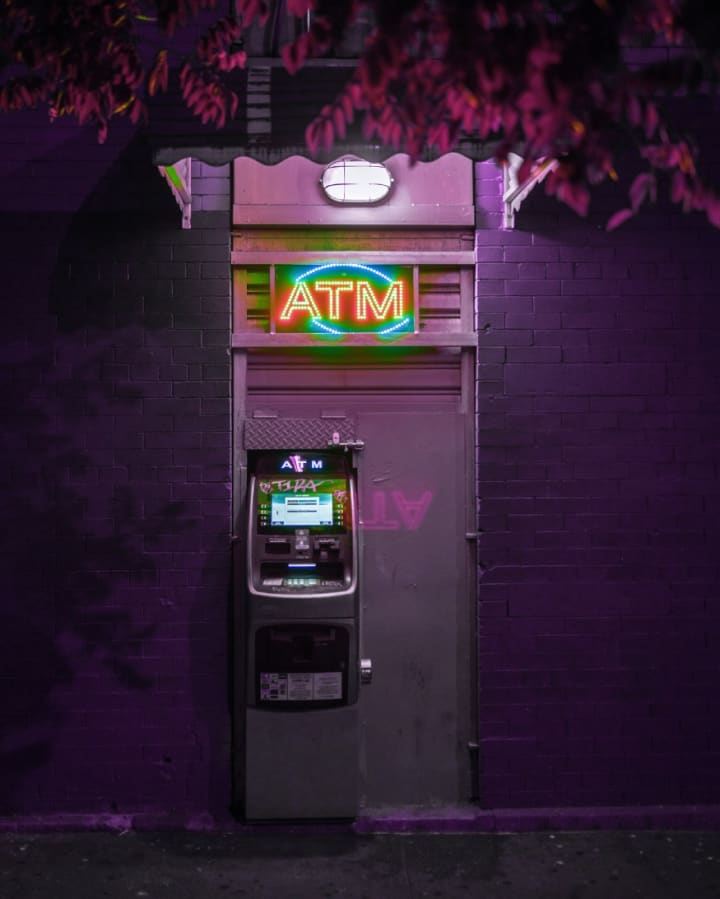What *Really* Caused The Great Recession
Of all the greatest economic disasters involving derivative securities, the most recent of note centers around the infamous 2008 financial collapse and subsequent recession.

Determining the specific cause of the crash has been a matter of immense debate for countless years between everyone from the smallest business owner to the United States Congress. Conclusions have all ranged somewhere in between the general greed of Wall Street to the more precise definition of financial deregulation.
All responses, however, have been solely based on opinion for the simple reason that there have been no more than a few highly verifiable facts that can directly point to the root cause. Perhaps this is due to the fact that the answer does not lie within a single entity but rather a confluence of mainly poorly understood stipulations that caused the crash.
Factual evidence would suggest that one of the real factors behind the disaster is the matter of financial innovation; a concept that specifically instantiated “derivative securities that purposely produced safe instruments by removing or diversifying away from the inherent risk in the underlying assets”.
The question then can be narrowed down to whether or not these derivative securities reduced any underlying risk or instead forced it to increase.
In general, derivatives as an instrument of finance saw their creation after the period of the 1970s with the purpose of managing the risk of assets whilst simultaneously creating degrees of insurance against any potential downside. These instruments were constructed in direct response to the more recent economic shockwaves felt by the skyrocketing price of oil due to high rates of inflation as well as a more than 50 percent drop in the overall value of the United States stock market.
As a consequence, particular derivatives including options (a tool that allows a trader to benefit from bullish/upward patterns through the payment of a small premium), were created. Initially, setting reasonable prices for derivatives was difficult until the introduction of the model known as Black Scholes.
Other tools such as swaps for credit default (designed to protect against defaulting of a counterparty), and also collateralized debt obligations (a security structure that utilizes loans such as mortgages as collateral) were pooled. Pricing became additionally difficult for these other instruments, yet a reliable model never saw development save for options.
While the original design philosophy of derivative securities was for the purpose of defending against risk whilst providing protection from any bearish/downtrend patterns, they soon metamorphosed into tools of speculation more often utilized for a trader to undertake more risk as a way of maximizing their returns and therefore profits.
The two issues intertwined afterward became products of security (entities that were extremely hard to analyze and price) that were traded on the market and sold and the fact that many positions saw themselves leveraged as a way of gaining the highest possible profit.
This particular problem and behavior pattern of greedy Wall Street trading started around 2003 and grew out of control well into 2007.

Given the huge potential for unsustainable loss, banks generally did not desire to hold on to massive piles of loans; instead, they opted to pool these countless assets into mobilized tools that created instruments of security.
These vehicles were then sold off to investors through funds such as a pension, which inherently required to meet an increasingly challenging hurdle rate between 8 to 9 percent.
Due to the fact that the majority of customers with reliable scores of credit were on a staggering downtrend (they all borrowed years prior to fulfill their own financial needs), banks desperately turned to borrowers in the subprime category and established weak securities with feeble credit loans which were then passed on to countless investors.
These same investors relied heavily on agencies that delivered a certified rating to security that was of high quality for credit. The main problem was the fact that the rating agencies started to deliver triple-A ratings for credits that were in fact garbage, and as a result, money began to disappear.
When utilized properly, derivative securities succeed in guaranteeing protection against risk. However, “when the packaged instruments get so complicated that neither the borrower nor the rating agency understands them or their risk, the initial premise fails”.
Not only were investors of entities such as the aforementioned pensions stuck with extremely risky securities with a near equivalent risk to possessing the dangerous loan underneath, but banks also became trapped in consequence.
The only reason the banks ever held these entities in their books in the first place was for the “means of satisfying fixed income requirements and using these assets as collateral”. Unfortunately, as financial institutions continued to incur write-downs, it soon became all too apparent that there were fewer assets than needed.
Soon, the average rate of recovery for the bogus high-quality derivatives was little more than 32 cents and the actual value contained by the instruments barely returned more than 5 cents, nearly every financial institution and investor in possession of these instruments saw their net worth in ruins.
Banks established borrows for funds with the purpose of lending in order to attempt to create more products of security. Consequently, many of them were instantiated with margin as a way for firms to not have to deliver provisions of the full capital outlay. This leveraging behavior spiraled out of control and only added to the incoming disaster; while ratios of leverage were initially 15 to 1, they quickly doubled all the way from 30 to 1.
By the summer of 2008, the market cap for swaps on credit defaults exceeded the entirety of humanity’s economic output by more than $50 trillion; magnifying any losses or profits. In a system with an already deregulated infrastructure, companies fell by the thousands.
This particular part of the problem was exemplified in the firm known as the American International Group (AIG); possessing close to $400 billion worth of swaps for credit defaults within its portfolio and not nearly enough capital to repair the astronomical damage.

The cataclysm officially began after the collapse of the largest bank firm in the world known as Lehman Bros. Even when this happened, no one could comprehend the risks of trading derivatives, and as such, no bank desired to engage in business with other banks.
Tragically, attempts at financial reform failed despite recovery efforts throughout the Obama administration, and even in the modern-day banks continue to engage in toxic derivative trading in the same mannerisms performed before the 2008 economic crisis and on an even larger scale than before.

Ignorance of warning signs possesses inevitably catastrophic consequences. Examples of this continued financial deregulation are everywhere, specifically in recent headlines for companies such as JPMorgan, Wegelin & Co., etc. Specifically, JPMorgan recently reported losses of more than $6 billion from trading activities that apparently were unknown to that of Chief Executive Officer Jamie Dimon.
A large amount of the world’s most powerful banks are under accusation of manipulation of the London Interbank Offered Rate (LIBOR). Others have recently reported on agreeing to two large settlements that totaled more than $20 billion in abuses related to foreclosure. Proliferations of clandestine and illegal activities are also circulating headline news reports complete with
American government officials directly accused several global bank firms of providing financial aid to Mexican drug cartels in order to launder immense piles of money and also of delivering unchecked cash to the nation of Iran. Certain banks have recently adopted a jeopardizing reputation for providing tools for billionaire customers that are necessary for masking their identities to the Internal Revenue Service (IRS) for the gluttonous sake of tax evasion.
Just a year after the collapse, the Swiss bank firm known as UBS assisted more than 20,000 American taxpayers with more than $20 billion in overall assets performed this exact tax evasion masking.
More recently, another Swiss bank firm (the oldest of its kind) known as Wegelin & Co. has seen themselves undergo indictment for criminal charges relating to similar behavior; with tax evasions totaling more than $1.1 billion within barely a decade.
It was only after the 2008 crisis that individuals began to understand that banks engage in shady behavior by routinely misguiding their clients on financial assets, selling them phony securities, and slyly betting against them in order to deliberately profit from their blissful ignorance.

An overall lack of transparency with regards to the trading of derivative securities now totals close to an inconceivable quadrillion dollars, an unmatched juggernaut of a figure that is greater than 10 times in size when compared to the entirety of humanity’s economic system.
Shockingly yet, there is a minuscule amount of information available to explain any potential implications related to the way it will impact the financial power of any of the major bank firms around the world. Even worse, the market for these derivative securities is only growing in number.
According to analyst Jenny Walsh of The Paper Boat, “the Over-The-Counter derivatives market alone had grown to a notional value of at least $648 trillion as of the end of 2011..the market is likely worth closer to $707 trillion and perhaps more”.
About the Creator
Arbiter Writing
A freelance content agency with over 6 years of experience in the field of professional writing and editing services. We perform research based on topics of clients' choosing and provide SEO-optimized blog posts, articles, and copywriting.






Comments
There are no comments for this story
Be the first to respond and start the conversation.